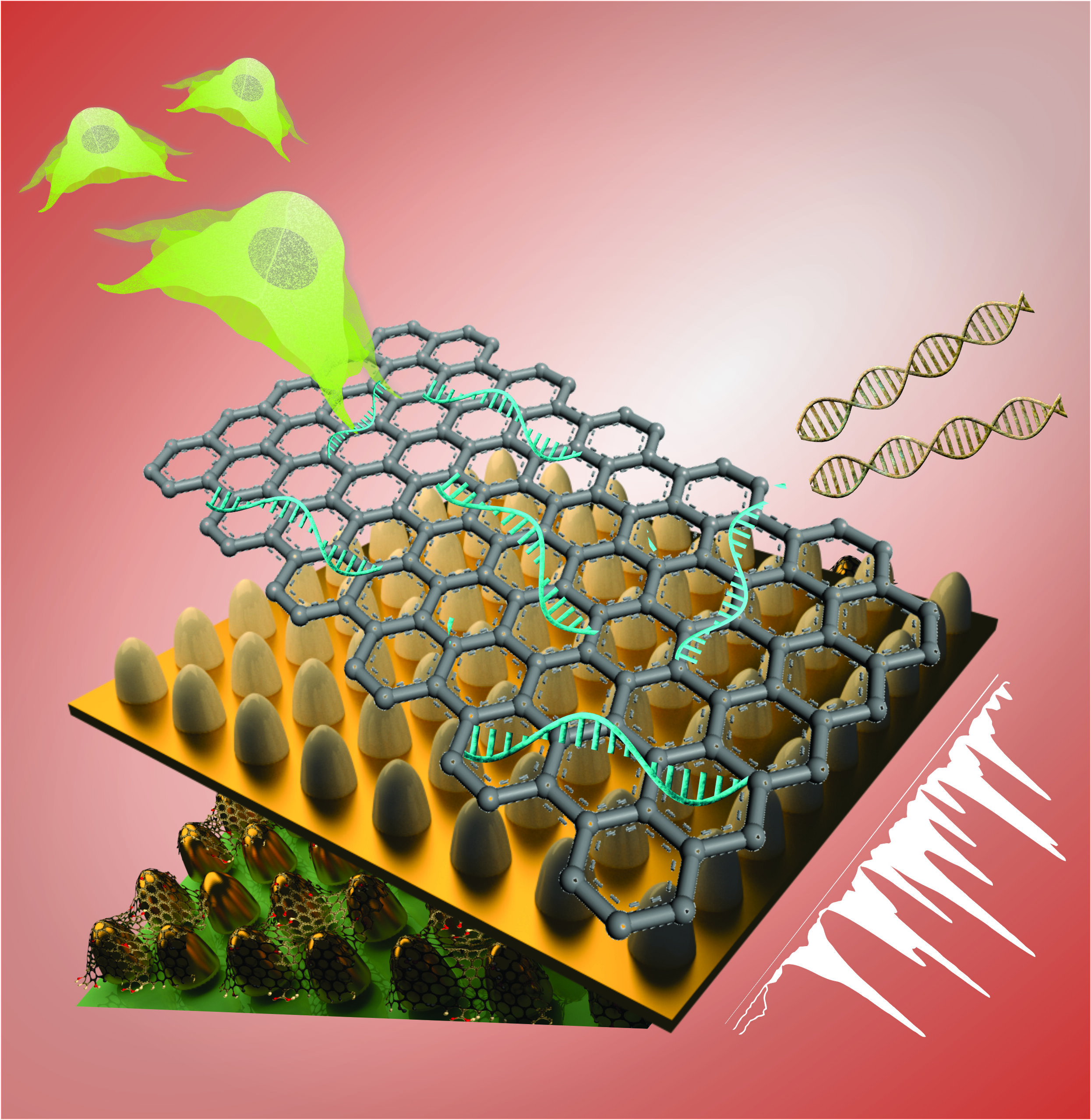Better biosensor technology created for stem cells
Date: 15.11.2019
A Rutgers-led team has created better biosensor technology that may help lead to safe stem cell therapies for treating Alzheimer's and Parkinson's diseases and other neurological disorders.
 The technology, which features a unique graphene and gold-based platform and high-tech imaging, monitors the fate of stem cells by detecting genetic material (RNA) involved in turning such cells into brain cells (neurons).
The technology, which features a unique graphene and gold-based platform and high-tech imaging, monitors the fate of stem cells by detecting genetic material (RNA) involved in turning such cells into brain cells (neurons).
Stem cells can become many different types of cells. As a result, stem cell therapy shows promise for regenerative treatment of neurological disorders such as Alzheimer's, Parkinson's, stroke and spinal cord injury, with diseased cells needing replacement or repair. But characterizing stem cells and controlling their fate must be resolved before they could be used in treatments. The formation of tumors and uncontrolled transformation of stem cells remain key barriers.
"A critical challenge is ensuring high sensitivity and accuracy in detecting biomarkers – indicators such as modified genes or proteins – within the complex stem cell microenvironment," said senior author KiBum Lee, a professor in the Department of Chemistry and Chemical Biology in the School of Arts and Sciences at Rutgers University-New Brunswick. "Our technology, which took four years to develop, has demonstrated great potential for analyzing a variety of interactions in stem cells."























